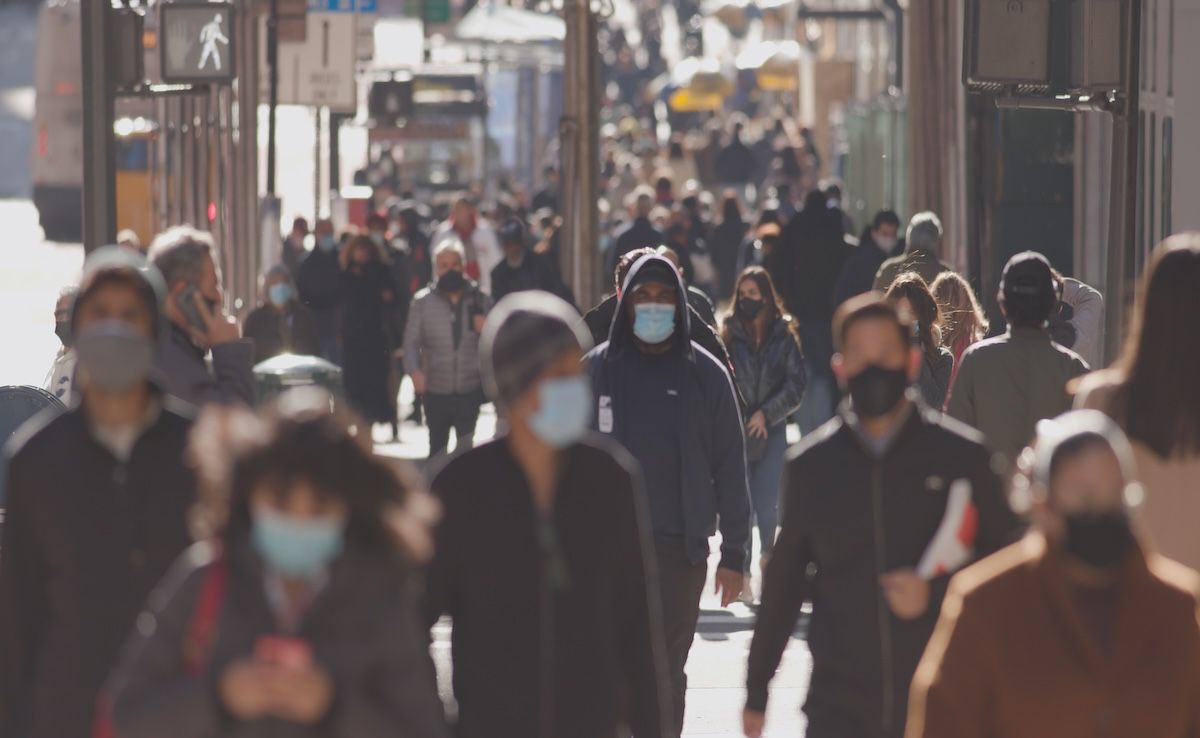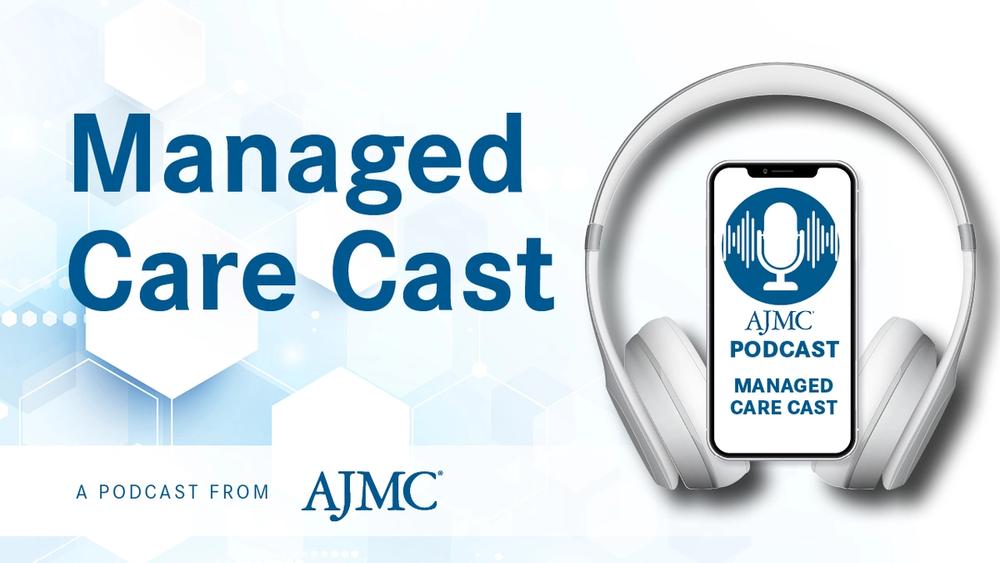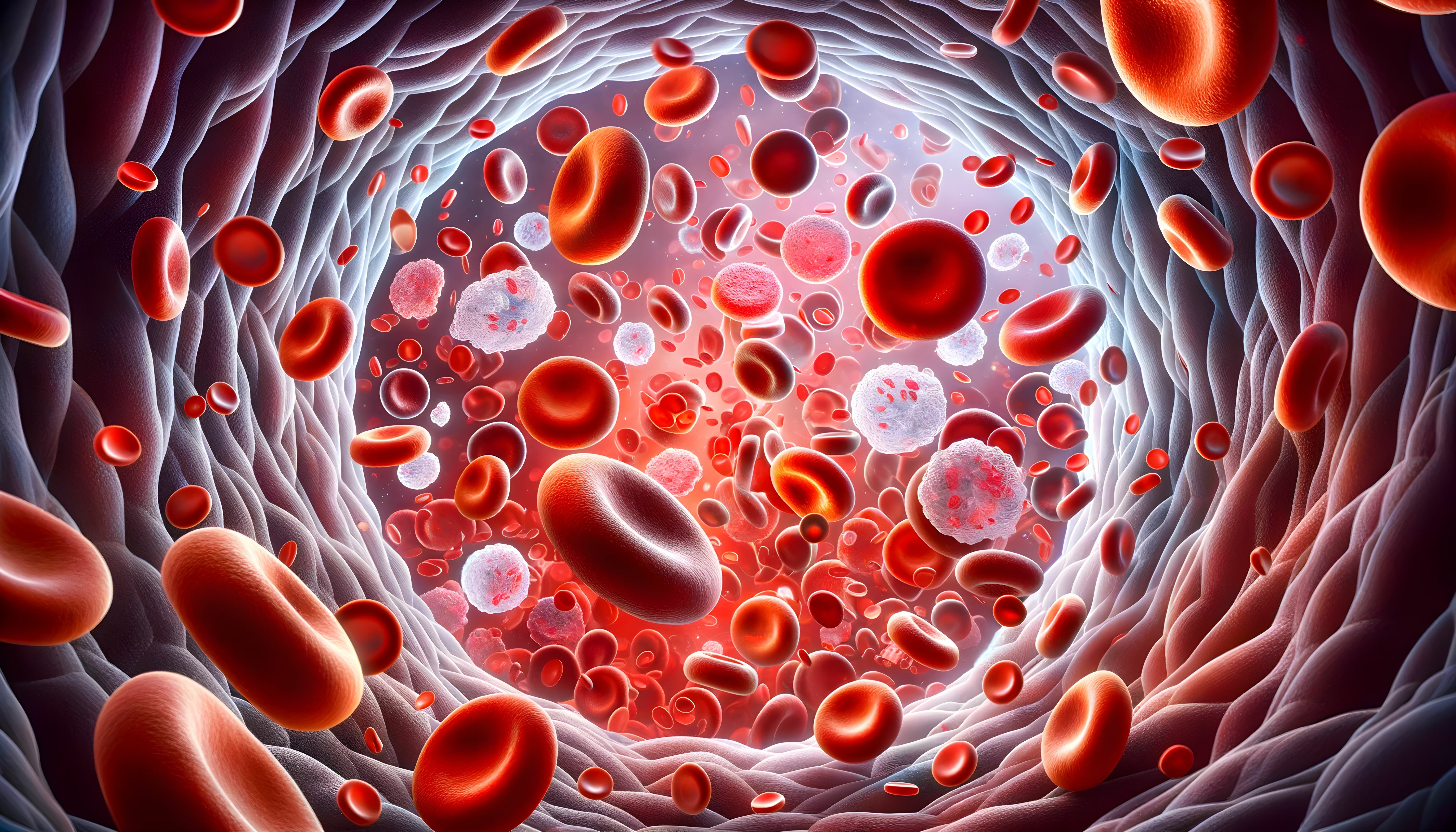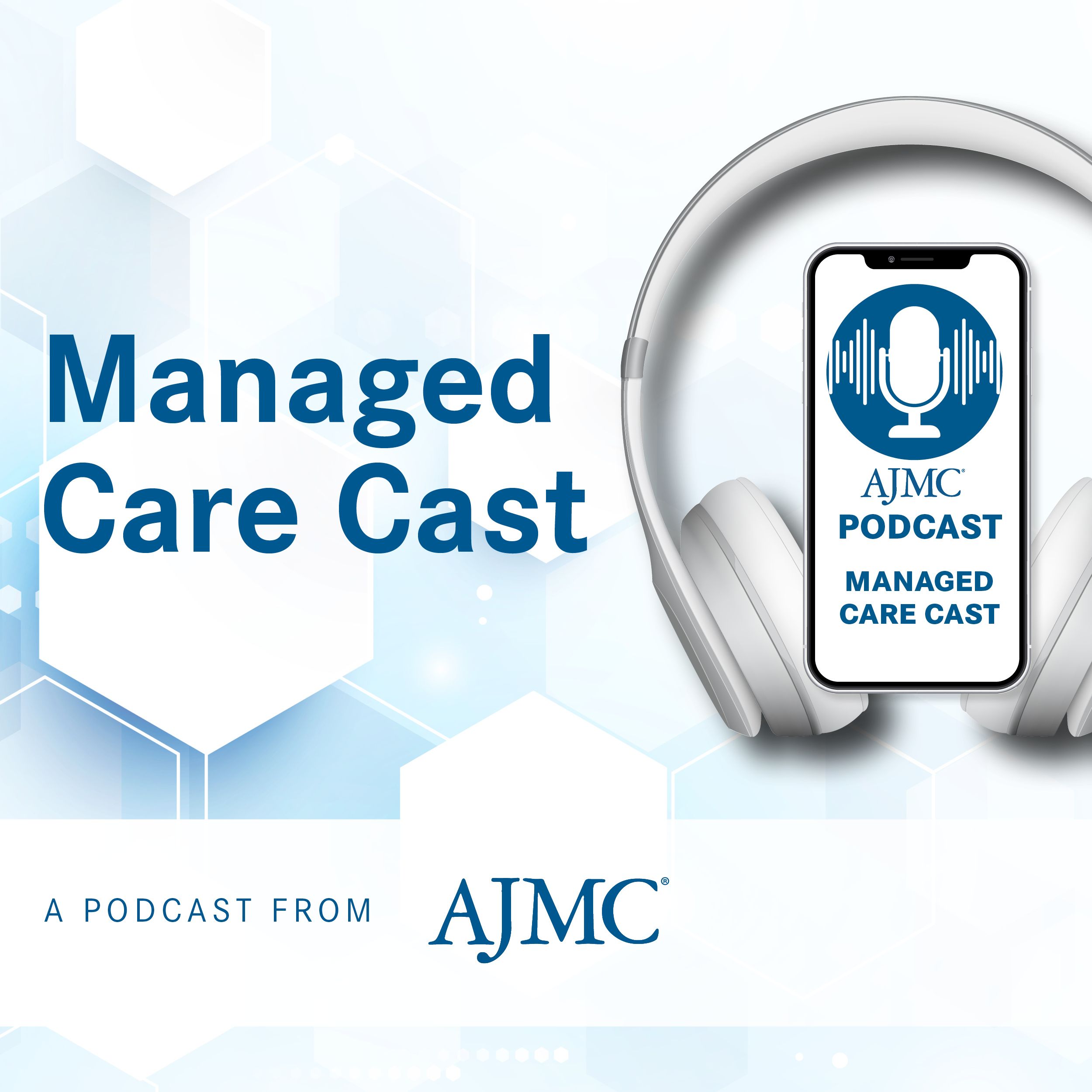News
Article
Analysis Looks at Benefits, Toxicity of ADC Combinations in Advanced Bladder Cancer
Author(s):
Key Takeaways
- ADCs have transformed aUC treatment but are associated with significant adverse events, particularly in sacituzumab govitecan-based regimens.
- Enfortumab vedotin, especially with pembrolizumab, shows promise with a 49% reduction in death risk compared to chemotherapy.
City of Hope's Salvador Jaime-Casas, MD, discusses a systematic review of recent trials examining objective response rate and adverse events of antibody-drug conjugate (ADC) combinations in advanced urothelial cancer.
Antibody-drug conjugates (ADCs), used with and without immunotherapy, have been game-changers in treating advanced urothelial carcinoma (aUC), a bladder cancer that spreads to other parts of the body. Yet, there have been tradeoffs: in some cases, patients see results but experience adverse events (AEs), including skin rashes.
Salvador Jaime-Casas, MD | Image credit: X

To gain a better understanding of the data on ADC combinations in aUC, investigators led by Salvador Jaime-Casas, MD, a post-doctoral research fellow in the Department of Genitourinary Oncology at City of Hope, in Los Angeles, California, led a systematic review of 5 recent trials involving the use of sacituzumab govitecan (Trodelvy; Gilead) and enfortumab vedotin (Padcev; Astellas/Seagen) in combination regimens. Jaime-Casas presented in a poster1 at the American Society of Clinical Oncology Genitourinary Cancers Symposium (ASCO GU), which met February 13-15, 2025, in San Francisco, California.
The 2 ADC therapies have had different paths in bladder cancer. Sacituzumab govitecan (SG) was granted accelerated approval as a monotherapy in April 2021 to for patients with previously treated aUC. However, last fall Gilead voluntary withdrew it from the market after follow-up data failed to meet end points for overall survival (OS).2 A recent report from the HHS Office of the Inspector General highlighted the frequency of cancer therapies being pulled from the market, sometimes years after receiving an accelerated approval, when long-term data fail to meet end OS targets.
Enfortumab vedotin (EV), meanwhile, received a regular approval for previously treated patients with locally advanced or metastatic urothelial cancer in July 2021. Then, in December 2023, a combination with pembrolizumab (Keytruda; Merck) received accelerated approval to treat all newly diagnosed patients with aUC, based on the phase 3 EV-302 trial.
Final OS data from the EV-302 trial, announced ahead of ASCO GU and presented Friday showed that the combination of EV and pembrolizumab cut the risk of death 49% compared with chemotherapy.3
The trials in the review presented at ASCO GU were: the phase 1 DAD trial (NCT04724018) that studied the dual ADC combination of sacituzumab govitecan (SG) and EV; the EV-302 trial (NCT04223856) combining EV and pembrolizumab; EV-301 (NCT03474107), cohort K, a phase 1b/2 study that also evaluated EV plus pembrolizumab; EV-103 (NCT03288545), cohort A, also phase 1b/2; and TROPHY-U-01 (NCT03547973), the phase 3 study evaluating SG plus pembrolizumab.
Investigators identified 627 evaluable patients from these 5 trials; they recorded an objective response rate (ORR) of 66.2%, and 366 patients across all studies had AEs of grade 3 or higher, for a risk rate (RR) of 58.4%. The most common AE of at least grade 3 was neutropenia (RR 0.14), followed by anemia (RR 0.10), and maculopapular rash (RR 0.10). Data presented on the poster showed that there was a higher incidence of AEs of at least grade 3 in the SG-based regimens compared with the EV-based regimens.
This week, Jaime-Casas joined The American Journal of Managed Care® (AJMC®) for an interview about the findings and what they mean within the context of recent news surrounding ADCs.
This interview has been lightly edited for length and clarity.
AJMC: Your findings note that the AE incidence varied by regimen, with events being more common in SG-based regimens. Last fall, Gilead announced it was withdrawing an indication for SG in aUC based on overall survival data. Do the data in your study offer support for that decision?
Jaime-Casas: The systematic reiew evaluated 5 prospective clinical trials using either in EV or SG as combination-based regimens. So, for most of these trials, it was SG or EV in combination with immunotherapy. And although we did not analyze overall survival, recurrence-free survival, which was part of the reason why SG was pulled off the market, because the TROPiCS-04 trial (NCT0457991) failed to show this improved survival compared to chemotherapy, we also mirror these results by showing that there is a modest improvement in the objective response rate, that comes at the cost of a high rate of adverse events, particularly grade 3 or above adverse events. And these were actually very similar if you look at the TROPiCS-04 publication4 and our results, we also recorded that one of the highest adverse events for patients receiving sacituzumab govitecan was neutropenia. We record hematological adverse events such as neutropenia, anemia and diarrhea.
So, I would say, although our analyses are not the same, because we do not assess in our paper the recurrence-free survival and recurrence-free survival, they do reflect the same trend, and that is even if there is some benefit to receiving this therapy, it is modest at best, and it comes at the cost of a high rate of adverse events.
AJMC: How should payers view these results? Are there steps that can be taken to mitigate AEs that payers should support/encourage?
Jaime-Casas: Definitely, in the context of EV, it's a little bit more safe to say that payers should invest more money, as we know that EV-[pembrolizumab] has been recently approved in the metastatic setting in patients who have previously been untreated. But I think in particular for sacituzumab govitecan-based regimens and combination regimens, payers should be a little bit more cautious, not only because of the cost of medication, but also because of the cost associated with care for these adverse events.
Essentially, we know that patients who have a high chance of encountering things like hematological toxicity, neutropenia or anemia may require more frequent blood evaluation. Some patients may even require transfusions of blood units or even like colony stimulating factors. At least from the perspective of a [genitourinary] clinic, this is very multidisciplinary in nature. I think one of the associated costs that payers should focus on would be multi-disciplinary teams that include medical oncologists, but [they should] also consider dermatologists and even pharmacists who are able to make modifications to the dosages if we encounter these toxicities.
AJMC: Is it known how AE differences compare when ADCs were used in second-line treatment vs first-line?
Jaime-Casas:, I would say right now, we do not have very mature data to strictly say, what are the things we could expect for patients who receive an ADC firstline. We can definitely expect a much better functional baseline status, and patients may be able to tolerate a little bit more toxicity before withholding or discontinuing completely the drug, in contrast with patients who may be receiving it as their second- or third-line treatment. So, for instance, if we talk about EV-302 we know that in this case, EV and [pembrolizumab], which is part of our poster in our systematic review, this was given in patients who were treatment naïve. So, it was given firstline, and patients were able to tolerate it more. But when we talk about, for instance, the TROPICS-04 patients, this was a heavily pretreated patient population. This frailty may also impact the results, as these patients already have some hematological malignancies, myelosuppression, or even peripheral neuropathy from previous platinum-based chemotherapy.
AJMC: During part of the period that your data covers, we were experiencing a severe cisplatin shortage. AJMC was talking in real time with doctors who used ADCs instead of cisplatin to treat patients, because sometimes nothing else was available—although cisplatin was indicated in the National Comprehensive Cancer Network (NCCN) guidelines for firstline treatment. Can physicians look at the data you are presenting and gain comfort about those decisions, especially if they may someday be confronted with not having cisplatin available?
Jaime-Casas:, in our data, what we did find is there is a promising objective response rate seen overall for these 5 included studies. Three of the studies that we included, EV-302 and EV-103 cohort A and cohort K were given in the context of EV plus immunotherapy. And you know, for EV-103, for that study, this one of the inclusion criteria was patients who were cisplatin ineligible already. So, I think the comfort here is that at least in the context of EV therapy, we could say that it was good at that moment before it was approved; it was a good alternative when you were encountering a patient with advanced urothelial carcinoma, and you had this context of a cisplatin shortage. Giving EV in this disease setting was not a bad option, because we do see that there is a tolerable adverse event profile and optimal response. And in the end, we now know that EV and pembrolizumab actually got approved in the metastatic setting firstline, while the same could not be said for sacituzumab govitecan.
To sum up, we do believe that data for [sacituzumab govitecan] is still necessary, as we see that it may not be superior in terms of survival according to TROPiCS-04 trial when compared to chemotherapy.
AJMC: If there’s a key data point from your presentation that you'd like to highlight for our readers, what would that be?
Jaime-Casas: We found only one clinical trial that was evaluating 2 antibody drug conjugates in combination. The there was a single phase 1 clinical trial evaluating EV and sacituzumab govitecan. This is a very small phase 1 clinical trial, but I think it shows promise in the sense that antibody-drug conjugates by having different structures, by having different payloads, and even by having different linkers and then non-overlapping adverse event profile, they show promise for the future where new antibody drug conjugates will come into the market, and clinical trials could potentially be designed around combining these either with immunotherapy or another antibody-drug conjugate.
References
- Jaime-Casas S. Zugman M, Barragan-Carrillo R, et al. Efficacy and toxicity profile of antibody-drug conjugate (ADC) based combination therapy in patients with advanced urothelial carcinoma (aUC): A systematic review of clinical trials. J Clin Oncol. 2025;43(suppl 5): Abstract 813. doi:10.1200/JCO.2025.43.5_suppl.813
- Gilead provides update on US indication for Trodelvy in metastatic urothelial cancer. Gilead. News release. October 18, 2024. Accessed February 14, 2025. https://www.gilead.com/company/company-statements/2024/gilead-provides-update-on-us-indication-for-trodelvy-in-metastatic-urothelial-cancer
- Powles T, van der Heijden MS, Loriot Y, et al. EV-302: Updated analysis from the phase 3 global study of enfortumab vedotin in combination with pembrolizumab (EV+P) vs chemotherapy (chemo) in previously untreated locally advanced or metastatic urothelial carcinoma. J Clin Oncol. 2025;43(suppl 5): Abstract 664. doi:10.1200/JCO.2025.43.5_suppl.664
- Powles T, Tagawa S, Vulsteke C, et al. Sacituzumab govitecan in advanced urothelial carcinoma: TROPiCS-04, a phase III randomized trial. Ann Oncol. Published online February 5, 2025. doi:10.1016/j.annonc.2025.01.011.





